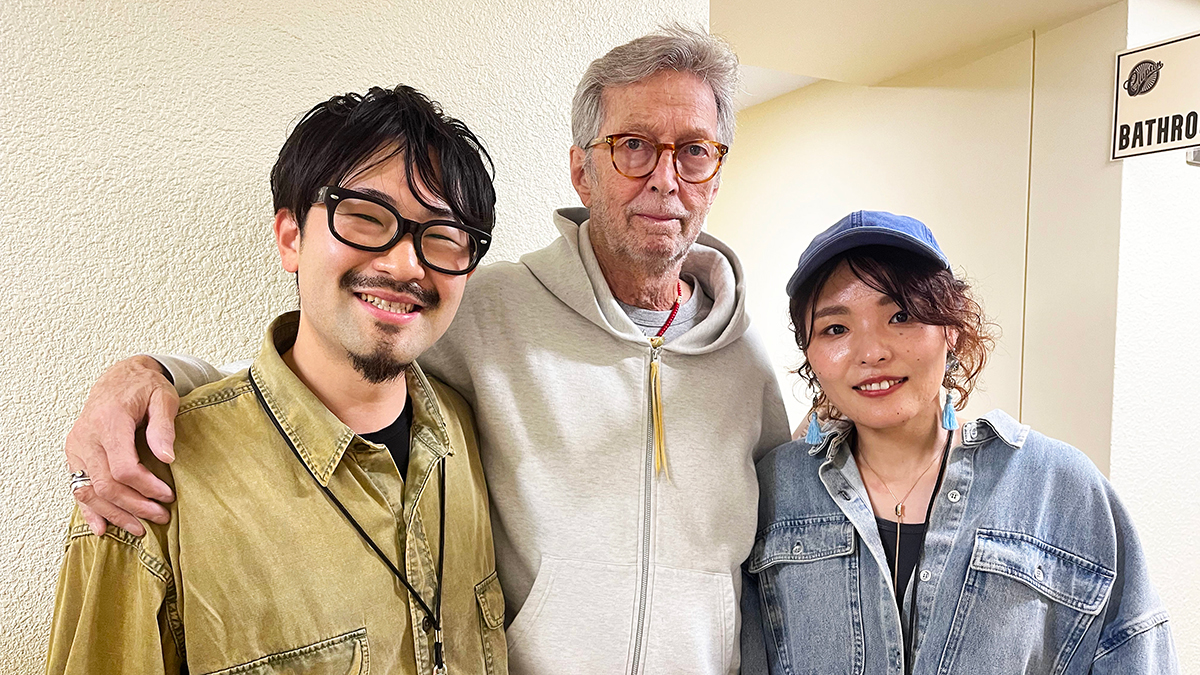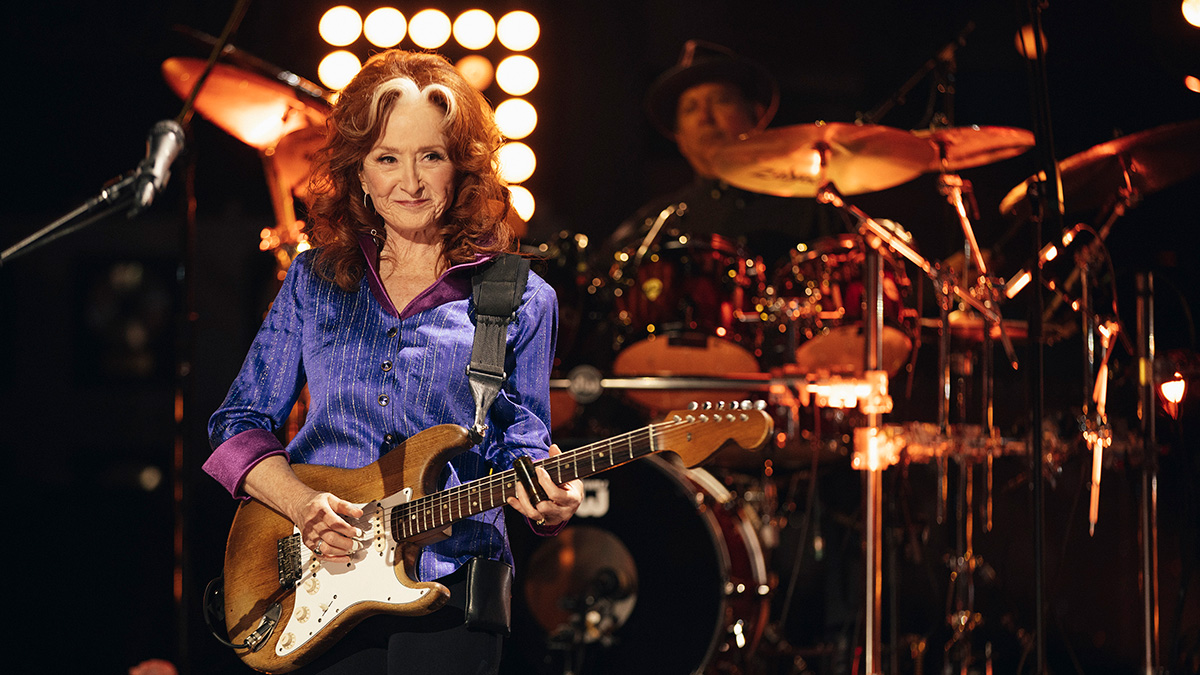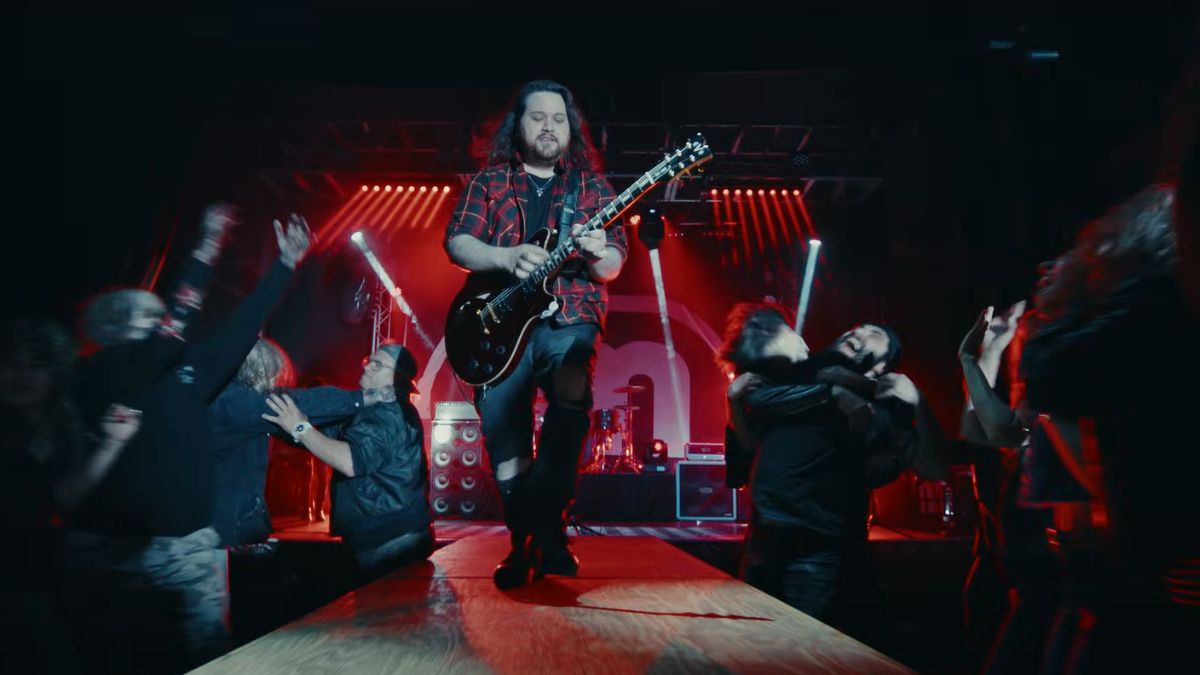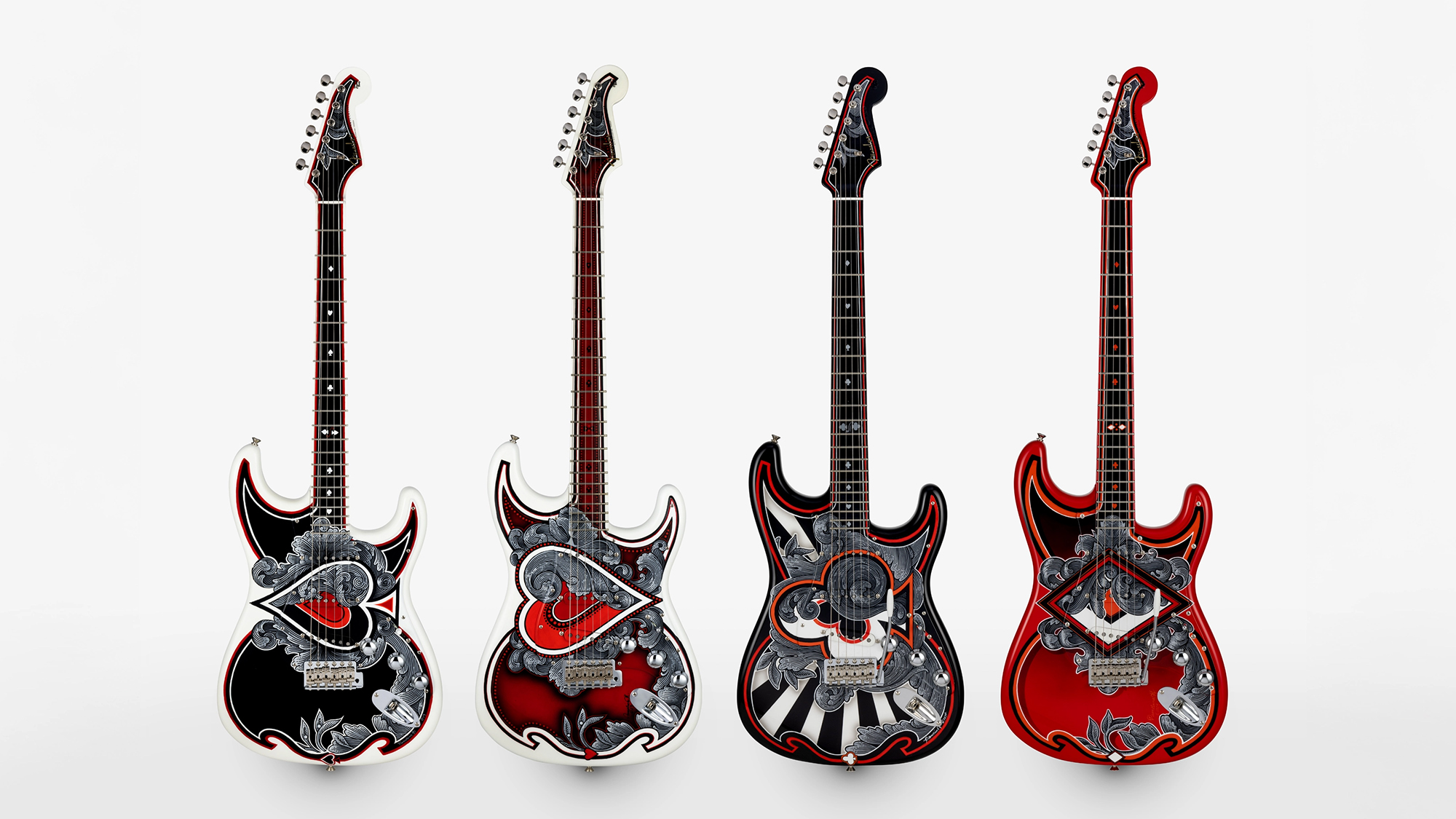Session Guitar: Spanish Hassle Magic — a Typical Day in the Studio
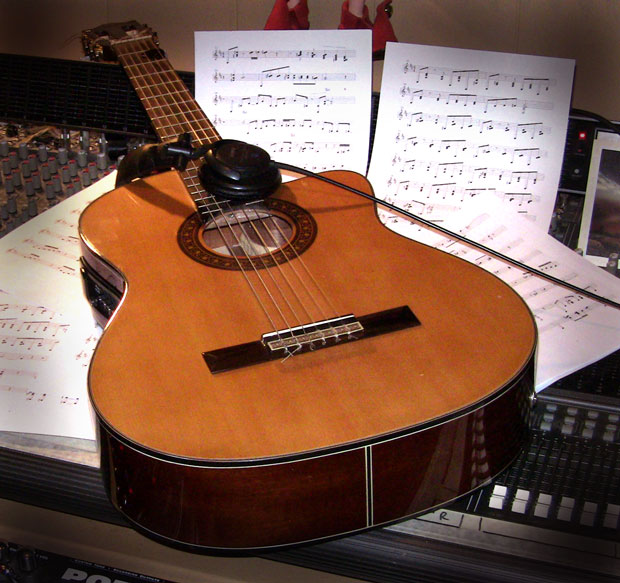
Greetings! Here's a story about a session that took place a week or two ago.
We all strive to play our best. In my particular line of studio work, I am called upon to improvise in many styles daily; sometimes many styles in the same song. This particular song was going to be trouble. I knew it. The engineer who sent it to me knew it, and the artist had suspicions. Here's how it went down.
I had done one session for the artist previously. He liked what I had played and asked me to do another. That's what it's all about: repeat business! Anyway, my buddy Tim Conklin, engineer extraordinaire, sent me a file of the song. The arrangement was, shall we say, a bit strange. I did a basic mix and the song was recorded using mainly midi instruments.
It was a Latin song. The song also modulated several times. Four, to be exact. And there were no tempo or cues to come in when the music stopped, only vocals sung to a midi guitar played what seemed to be freestyle. Ever hear classical guitar played on keyboards? Not always good. This wasn't bad, but you would have to play everything on a Spanish guitar above the 15th fret!
Now, like I said, the arrangement also left something to be desired. Sounded like a "head" arrangement. Not much thought. Convoluted. OK, it sucked. Which is why I had a hard time knowing what to play! I called the artist and asked for a chord chart and to discuss what I thought the song needed. I was honest and he agreed. This arrangement needed help. I had free reign. He would get me whatever charts were possible to save time, and I would take care of the rest. I normally can write my own charts, but this was all over the place. I knew I could get a better clue by seeing anything in a musical way on paper.
A few days later, the charts arrived. A full basic chord chart, and the guitar part, note for note! All 12 pages of it. With guitar fills on every measure on every page! Too much on the ear. Oh yeah, the song was five-plus minutes long! But the charts helped.
I kept the first-verse guitar parts because they were very melodic and musically sound. I played them an octave down from where they were on a classical guitar. I also kept the parts from the rubato breakdown later in the song. The rest were cut. I was going to add fills sparingly and see what else I could do to fix the arrangement later. I added Spanish rhythm guitar throughout and a clean electric rhythm.
Get The Pick Newsletter
All the latest guitar news, interviews, lessons, reviews, deals and more, direct to your inbox!
The song had zero dynamics, so I kept it building throughout. I decided it would be better to play piano on verse two, so I added some piano fills to that verse. Strings were brought in on verse three with more classical guitar fills and accordion. (All samples played by moi.) Then it was the breakdown. I had to watch the screen to know when to come in and out to match the midi guitar during the rubato section.
Then it was time for the ending. The last section had another stop with a big vocal note held at the end. I took a chance and decided to play what can only be described as a metal solo! However, it went on and on and even I was losing interest! If the guitarist is losing interest, then how is the listener going to feel? I cut the section to a manageable 16 bars and ended it. Much better. I could be creative and concise. I added stereo heavy guitars to beef up the end. Throw in some "Santana meets Steve Vai" licks and call it a day. ON THE GUITAR at least. Upon further listening, I decided to redo the drums, the bass, rhodes and percussion! All completed in about five to six hours. Put it in the Dropbox and off it went as an OMF file so it could be opened in any software.
A quick note to those asking to hear these sessions: Anyone who knows anything about session work knows you rarely get the finished product handed to you, and by the time it's out, I've forgotten and moved on. Also, in this situation I would not "out" someone who may have had a bad day and normally would do a great job. This track did get handed back to the original producer and he was happy. I bet he was relieved!
Now let's recap and see what I needed to do this.
Spanish guitar chops and familiarity with Luis Miguel's music, because that is the sound the artist desired. I also had to have rock chops like 'Vai meets Santana." Both totally different, but if you chose the melodic style of each, it works! Not the flash of Vai. That would be inappropriate. I also had to be able to sight read in many keys and transpose on the fly or rewrite the charts. Jazz chords too. And because I could play some piano and have a full midi rig from hell, I could go over the top and redo a complete arrangement. And believe it or not, this was a typical day!
Till next time…
Ron Zabrocki on Ron Zabrocki: I’m a session guitarist from New York, now living in Connecticut. I started playing at age 6, sight reading right off the bat. That’s how I was taught, so I just believed everyone started that way! I could pretty much sight read anything within a few years, and that aided me in becoming a session guy later in life. I took lessons from anyone I could and was fortunate enough to have some wonderful instructors, including John Scofield, Joe Pass and Alan DeMausse. I’ve played many jingle sessions, and even now I not only play them but have written a few. I’ve “ghosted” for a few people that shall remain nameless, but they get the credit and I got the money! I’ve played sessions in every style, from pop to jazz.
"Upgrading from your entry-level acoustic opens the door to an entirely new world of tonewoods, body shapes, and brands": 6 signs it's time to upgrade from your first acoustic guitar
"I'm past my prime": 5 common excuses for not learning the guitar – and 5 body and mind-boosting reasons you should


